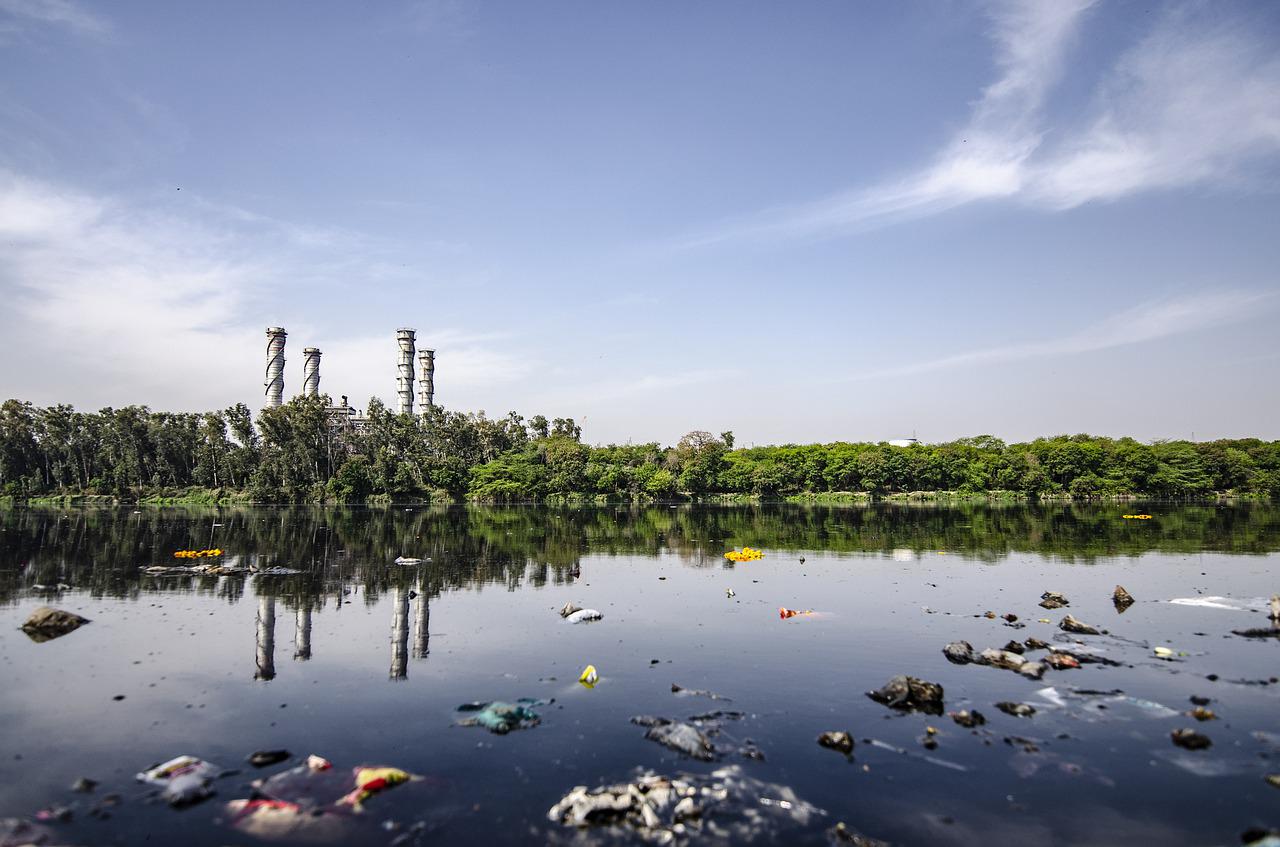
Pre-reading questions:
I will read each question. Then, please answer them.
講師がそれぞれの質問を読むので答えましょう。
- Do you use plastic products?
- Do you have plastic management in your country?
Vocabulary:
I will read the words, meanings, and sample sentences. Then, repeat after me.
単語、意味、例文を読みます。講師に続いて音読しましょう。
- end up /end uhp/
- break down /BREYK-doun/
- remove /ri-MOOV/
- laboratory /LAB-ruh-tawr-ee/
- expert /EK-spurt/
[phrasal verb] – to finally be in a particular place or situation
How does the story end up?
[phrasal verb] – to divide something into smaller parts
Let’s break down the project into smaller parts in order to deal with them one by one.
[verb] – to take something or someone away from somewhere, or off something
Please help me remove the table from the corner.
[noun] – a room or building with scientific equipment for doing scientific tests or for teaching science, or a place where chemicals or medicines are produced
He runs his own research laboratory.
[noun] – a person with a high level of knowledge or skill relating to a particular subject or activity
He’s a world expert on marine mammals.
Article reading:
Please read the whole article. Then, I will check your pronunciation and intonation.
記事を音読しましょう。講師はあなたの発音とイントネーションを確認します。
Larger plastics entering the ocean could end up in one of two ways: they can float on the surface or they can sink due to biofouling.
Macroplastics (5 mm) will break down and into smaller plastics, posing a threat to marine life if they are not removed by clean-up activities. Before they become entangled, eaten, exported, and/or completely destroyed, finding bigger floating plastics in coastal waters may make it possible to collect important information about sources, paths, and trends. Computer technology is being used by scientists to map and recognize marine plastic pollution. Plymouth Marine Laboratory (PML) is taking photographs of various trash types with a camera installed on a boat. According to the reports, plastic bottles or bags may be identified with 68% accuracy. Plastic garbage is one of the reasons for the global pollution crisis.
Plastic pollution is a global issue. Thanks to artificial intelligence, we can now identify floating plastic patches in the ocean. The method may someday be used by environmental experts to control and check ocean plastic garbage more effectively.
Macroplastics (5 mm) will break down and into smaller plastics, posing a threat to marine life if they are not removed by clean-up activities. Before they become entangled, eaten, exported, and/or completely destroyed, finding bigger floating plastics in coastal waters may make it possible to collect important information about sources, paths, and trends. Computer technology is being used by scientists to map and recognize marine plastic pollution. Plymouth Marine Laboratory (PML) is taking photographs of various trash types with a camera installed on a boat. According to the reports, plastic bottles or bags may be identified with 68% accuracy. Plastic garbage is one of the reasons for the global pollution crisis.
Plastic pollution is a global issue. Thanks to artificial intelligence, we can now identify floating plastic patches in the ocean. The method may someday be used by environmental experts to control and check ocean plastic garbage more effectively.
True or False:
Read the sentences and identify if they are true or false based on the article.
文章を読んで、記事に基づいて正誤を答えましょう。
- Macroplastics pose a threat to marine life if they are not removed by clean-up activities.
- Finding bigger floating plastics in coastal waters may make it possible to collect important information about their sources.
- PML stands for Plymouth Marine Laboratory.
- Plastic bottles or bags may be identified with 98% accuracy using PML’s computers.
- Plastic pollution is only an issue in some parts of the world.
Fill in the blanks:
Choose the correct word from the table then fill in the blanks.
適切な言葉を選んで空欄を埋めましょう。
| end up | break down | remove | laboratory | expert |
- Will you please ______ your handbag from the seat?
- They’re planning to ______ in Moscow.
- Come and ______ your wet coat.
- She is a world ______ on butterflies.
- It’s easier to manage the task if you ______ it ______ into several specific assignments.